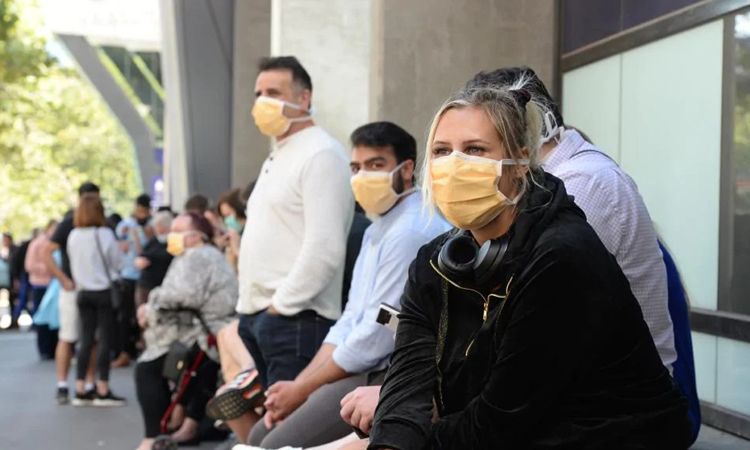Scientists warn of 'next pandemic'
Experts warn that the next major pandemic is brewing from the Paramyxovirus family, including the virus that causes Nipah disease, with a mortality rate of up to 75%.
Paramyxovirus is a subgroup of more than 75 viruses, including mumps, measles and respiratory infections, that have been added to the National Institute of Allergy and Infectious Diseases (NIH) list of pandemic pathogens to watch since September. ten.
One of the more serious viruses is Nipah, transmitted from bats to humans. According to the US Centers for Disease Control and Prevention (CDC), people infected with the virus have a mortality rate of up to 40-75%. Serious symptoms such as seizures and encephalitis can lead to coma within 24-48 hours.
Scientists note that unlike flu and Covid-19, which change shape rapidly, paramyxoviruses do not mutate as they spread. However, they transmit very well between people.
Michael Norris, a visiting professor at the University of Toronto, said if a new paramyxovirus emerged, as contagious as measles and as deadly as Nipah, the world would experience a dire scenario.
Benhur Lee, a virologist at the Icahn School of Medicine at Mount Sinai, said most patients infected with one of the 75 types of paramyxovirus do not survive. This makes developing vaccines and treatments nearly impossible.

The first virus discovered in this family in 1902, called Rinderpest, causes cattle plague, affecting cloven-hoofed animals. The disease was eliminated in 2011, becoming the second disease to completely disappear after smallpox.
Although scientists have known about paramyxovirus for more than a century, they still do not understand how the virus moves between species and mutates to infect humans. For example, mumps has long been endemic only in humans and some primates, but has recently appeared in bats. In addition, experts have not yet answered the question of why paramyxovirus causes mild infections in some people, but kills others.
According to Paul Duprex, a virologist at the University of Pittsburgh, rubulavirus, one of the paramyxovirus subfamily that causes mumps, is a future concern. Another hidden danger is measles, which is surging again after two years of pandemic.
Faced with this threat, experts believe that governments need to focus on investing money in research programs to prevent the spread of the disease. Biologists, zoologists, and veterinarians need to join hands to monitor animals and people who interact with animals.
"Extinguishing small outbreaks is much more cost-effective for governments than trying to control major pandemics," said Peter Daszak, president of the EcoHealth Alliance.
* SOURCE: https://vnexpress.net/cac-nha-khoa-hoc-canh-bao-ve-dai-dich-tiep-theo-4674743.html









 Facebook
Facebook
 Tweet
Tweet
 Zalo
Zalo







 News
News

















 Sign in with Facebook
Sign in with Facebook
 Sign in with Google
Sign in with Google